What exactly is the "boutique coffee aesthetics" represented by the third wave of coffee?
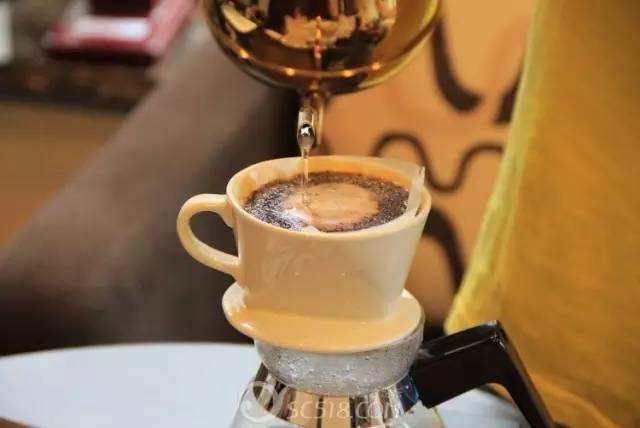
For professional baristas, please follow the coffee workshop (Wechat official account cafe_style)
When you come into contact with boutique coffee for the first time, you will probably be frightened by its complex knowledge.
But with the rise of the third wave of boutique coffee, we find that boutique coffee has changed not only the understanding of coffee, but also the way of life.
This content comes from the official account to see what you sell (WeChat account: kannimai)
Watch you sell: a place to seriously study marketing and creativity.
1
This is "the era of boutique coffee."
Xu Bingqing, 25, remembers walking into a boutique coffee shop for the first time in 2014, looking blankly at the menu. "when he asked the barista for a cup of gouache, the barista asked me how much gouache would cost. I don't know how to answer at all. " Xu Bingqing said.
What is common on the menus of these independent coffee shops are English place names, Kenya, Colombia or places you have never heard of, indicating the origin of the coffee beans, the altitude at which they are planted, the way they are roasted, and whether the taste is sour or floral.
You may think, "Please, I just need a cup of coffee," but these complicated menus don't scare off young people like Xu Bingqing.
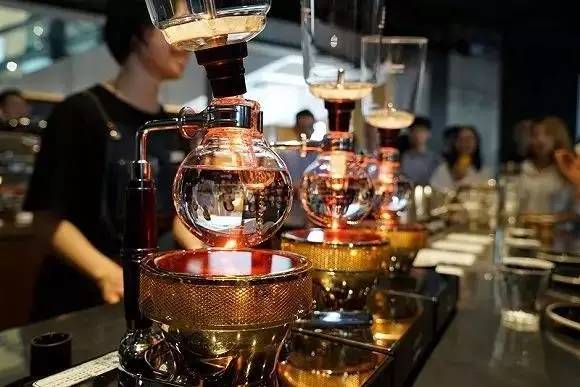
The various instruments of ▲ boutique coffee are really "scary".
After experiencing the first embarrassment, Xu Bingqing began to study boutique coffee, and the coffee market ushered in another era.
Han Huaizong, a researcher of coffee culture, attributed the emergence of the third-generation coffee wave to the coffee industry's "return to nature" of coffee itself-- like wine or tea, paying attention to the taste and origin of coffee ingredients. And get a cup of coffee by hand or in a more delicate and long way.
In China, the signs of the three waves of coffee are even more obvious. For example, Xu Xue, who was born in Guangdong in 1991, first prepared for exams with Nestle instant coffee in high school. When he started drinking Starbucks in college, he found a boutique coffee shop in a residential building in Guangzhou. The coffee shop owner is a veteran enthusiast who gets imported coffee beans through traders, bakes them on his balcony and sets up a bar in the house.
Of course, there were few guests who knew how to appreciate hand-made coffee at that time, but that store opened up a new world for Xu Xue. Today, she is an independent barista in Shanghai. She can smell a coffee bean and know the name of a coffee bean and tell its taste. In boutique coffee shops, shop assistants and many consumers are like Xu Xue, who love and know coffee.
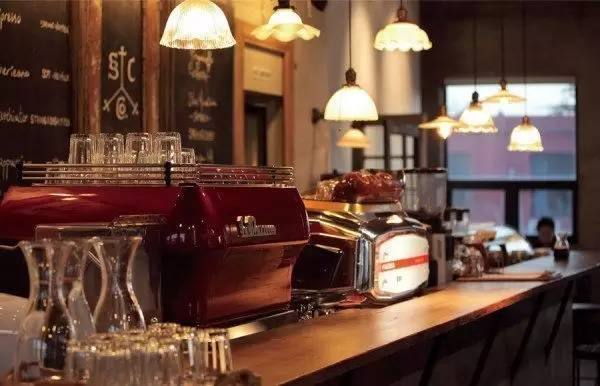
▲ Soloist Coffee, one of the veteran boutique coffee in Beijing.
To a large extent, coffee represents an Italian romantic culture, while coffee shops represent a "third space" lifestyle that caters to the needs of the Chinese middle class for consumer experience. Coffee, like affordable luxury, became the first frenzied consumer item to emerge from the so-called "middle class".
According to market research firm Euromonitor International, China's annual coffee consumption is 70 billion yuan, and within 10 years China will become the world's largest coffee consumption market. Coffee consumption in China is growing at an astonishing 15% a year, compared with an average global growth rate of 2%, according to the London International Coffee Organization.
"Coffee happens to be at the sweet spot of casual household expenses."
Jeffrey Towson, an investment professor at Peking University, said he had co-authored "an hour to read Chinese consumers". In popular terms, the price of about 30 yuan for a cup of coffee will not be regarded as an unattainable burden for the so-called middle class, but it will not bring the "sense of low price" of more than ten yuan of milk tea on the street.
2
The variety of the industry under the boutique coffee
Big names catch up with the trend
People's enthusiasm for boutique coffee has also alerted the trend setters in the second generation of coffee.
Starbucks has been the first to launch the so-called "Starbucks Zhenxuan" coffee in Beijing since 2015, which is actually hand-brewed coffee in boutique coffee shops. When summer comes, you can feel that Starbucks is trying to compete with independent boutique coffee shops.
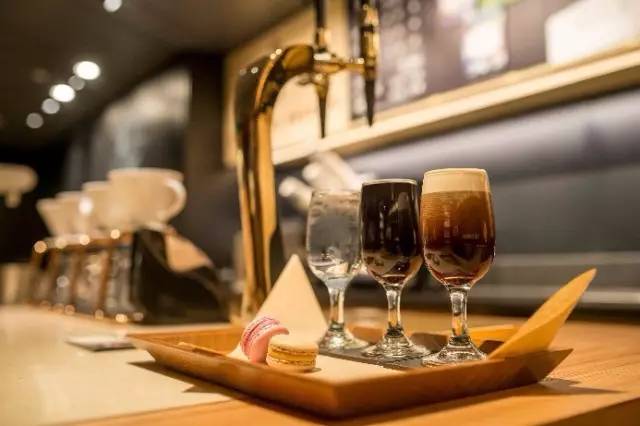
The air-cooled extraction introduced by ▲
It has added cold extract coffee and nitrogen to its menu; Starbucks also plans to add edible nitrogen to the cold extract to fill the coffee with delicate bubbles and then sell it to nearly 1500 stores in 26 markets around the world. It will be completed by the end of 2017. Starbucks first launched the product in Seattle in 2015.
The same decision was made by Costa, a British coffee chain. "nitrogen cold extract coffee is a new and exciting coffee brand that can bring freshness." Said Caroline Harris, global brand director of Costa.
These established coffee brands now have to face the problem of homogenization. On the one hand, they have made huge commercial returns in their rapid expansion, on the other hand, with standardized assembly line operations, the stores that can be seen everywhere are more or less boring.
Newcomers want to catch up with "big names" in the trend.
As soon as I started to do Seesaw, Zong Xin Kuang wanted to make boutique coffee on a large scale. When he opened the first store on Yuyuan Road in Shanghai, Zong Xinkang wrote a thick business plan book. He and his team have developed a set of standardized process standards that cover all aspects of the production process, including the parameters for making individual coffee and even where baristas should put a rag when making coffee.
"the main reason for this is to maintain the quality of the product while expanding. After standardizing the process, even if a barista walks away temporarily, the next one can be picked up immediately to ensure the operational efficiency of the whole store. " Zong Xinkang said. At the same time, Seesaw has been paying great attention to brand and content promotion.
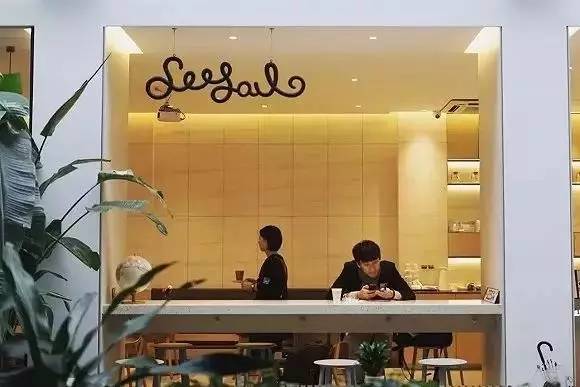
The first store of ▲ Seesaw
Manner Coffee also has its own brand advantages, and its solution is to capture consumers' taste buds.
"We found that the traditional concept of boutique coffee does not meet the needs of the vast majority of guests." Han Yulong said, "in fact, not many people like the sour taste of individual coffee, not to mention that it is so expensive." So Manner coffee wants to make good coffee, increase the weight of coffee beans when extracted, to get a more mellow taste, while using better milk.
Han Yulong once opened a coffee shop of less than 2 square meters on the road behind Shanghai Henglong Square, which costs only about 15 yuan for a cup of latte. Prices and ultra-small stores have made the coffee shop an "online celebrity store" among young people in Shanghai.
Manner Coffee has opened four stores in Shanghai. The location of many of these stores are somewhat unpopular, and even one store has been opened in the vegetable market. But the people who wait in line for coffee every day never stop. Like Seesaw, Manner Coffee is one of the few boutique coffee brands in the city that have reached a certain scale.
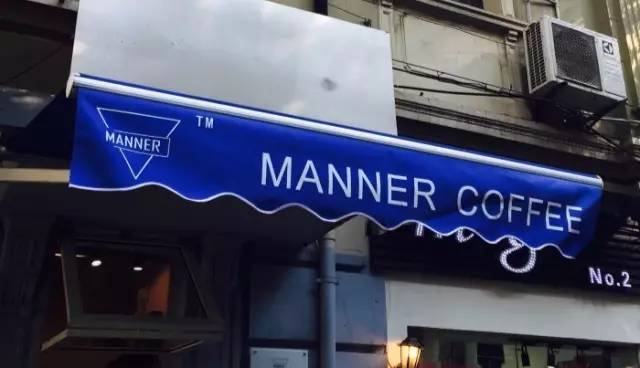
The ▲ small stall has only 4 square meters of Manner coffee.
But in fact, when Seesaw gradually expanded from Yuyuan Road to commercial real estate projects, there were dissenting voices in the team. In the industry, many people think that the relationship between boutique coffee and large-scale development is itself two contradictory propositions.
But the conceptual contradiction itself does not seem to be important. Finally, it is the winner to be able to catch consumers, be keen to catch and adapt to the changes in the market trend in time. For example, Nestle Coffee, the leader in the first generation of coffee, failed to grasp the "third space" consumption trend brought by coffee, and has been rarely mentioned since then.
three
Boutique coffee affects not only the coffee industry
Since the beginning of the second generation coffee wave, the coffee wave has brought great changes to the whole business world.
Coffee is essentially a consumer product, but because of the natural romanticism of coffee, the success of Starbucks'"third Space" has also brought new inspiration to other commercial brands in terms of strategy-to increase the added value of goods in a more soft way.
The "third generation coffee wave", on the basis of the "third space", is also undergoing a new round of consumer experience revolution.
For example, creative brands and independent stores are springing up in Taipei. They have more or less borrowed from boutique coffee shops the upgrading of consumer space and the concept of brands-paying less attention to the benefits (flat effect) generated by the single area of stores, and strengthening interaction and atmosphere. In Taiwan, the effect of this boutique coffee is called "coffee aesthetics".
Takeya Bookstore Tokyo Daiguanshan has also introduced such "coffee aesthetics"-the height of the bookshelf is adjusted, the whole space is more open, and green plants and seats for people to rest can be seen everywhere.
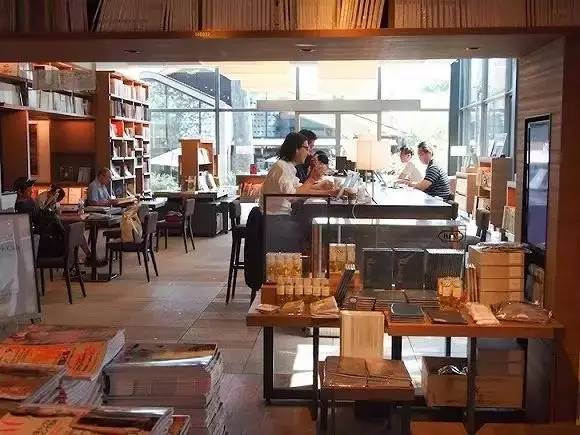
▲ Taowu Bookstore Daiguanshan, the combination of coffee and space
Another physical store called Book and Bed Tokyo is even harder to locate. It has the functions of coffee, bookstore and youth hostel, where different forms of business become blurred but more natural, just like a small community that allows people to interact more.
In China's "third-generation coffee wave", people not only need more refined coffee, but also need a more warm experience.
As Xu Bingqing said, "it feels completely different to start the day in a boutique coffee shop before entering the office." Although she is already a veteran lover of boutique coffee, the criterion for judging whether a coffee shop is satisfied or not is the atmosphere it feels when it enters the coffee shop. "if the whole store is very relaxed and the guests and baristas are very comfortable, then I will think this is a great store. It's a subtle feeling. "
Now Xu Bingqing has established a tacit understanding with these coffee shops that she thinks are satisfied. Usually when she is very depressed, she will go to the coffee shop to chat with the barista, the topic is not necessarily related to coffee, life and work can also become a topic of conversation. Sometimes no one cares even if she forgets to pay in the end, and she can make up for it next time.
The "third-generation coffee wave" brought by boutique cafes is not just the "third space", it is more like a return to the concept of the original commercial community-a mixture of different functions and more familiar interactions between people.
Important Notice :
前街咖啡 FrontStreet Coffee has moved to new addredd:
FrontStreet Coffee Address: 315,Donghua East Road,GuangZhou
Tel:020 38364473
- Prev
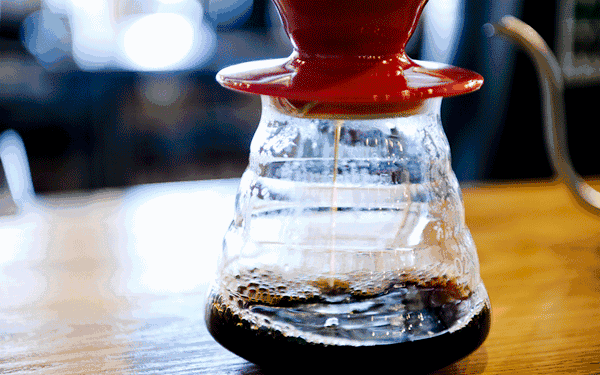
3 minutes to teach you to rush out of the house to drink to heaven hand brewed coffee!
Professional barista communication, please pay attention to coffee workshop (Weixin Official Accounts cafe_style ) exquisite slow life fast rhythm urban life needs a little slow to reconcile wine, food, flower, coffee walking daily is for life seven flavors. Coffee is supposed to be a sexy thing. Hand brewed coffee, because of the investment of time and wisdom, more of a sense of gift life gives us a small and
- Next
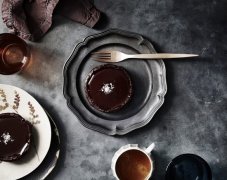
Must know the "third wave of boutique coffee"
Professional barista communication Please follow the coffee workshop (Wechat official account cafe_style) it was almost 17 or 18 years ago that bb call entered history and mobile phones were about to be popularized. our group began to understand coffee under the influence of our elders. it happened to be the first few years when Starbucks came to Taiwan, Starbucks and the local brand IS coffee
Related
- Beginners will see the "Coffee pull flower" guide!
- What is the difference between ice blog purified milk and ordinary milk coffee?
- Why is the Philippines the largest producer of crops in Liberia?
- For coffee extraction, should the fine powder be retained?
- How does extracted espresso fill pressed powder? How much strength does it take to press the powder?
- How to make jasmine cold extract coffee? Is the jasmine + latte good?
- Will this little toy really make the coffee taste better? How does Lily Drip affect coffee extraction?
- Will the action of slapping the filter cup also affect coffee extraction?
- What's the difference between powder-to-water ratio and powder-to-liquid ratio?
- What is the Ethiopian local species? What does it have to do with Heirloom native species?

